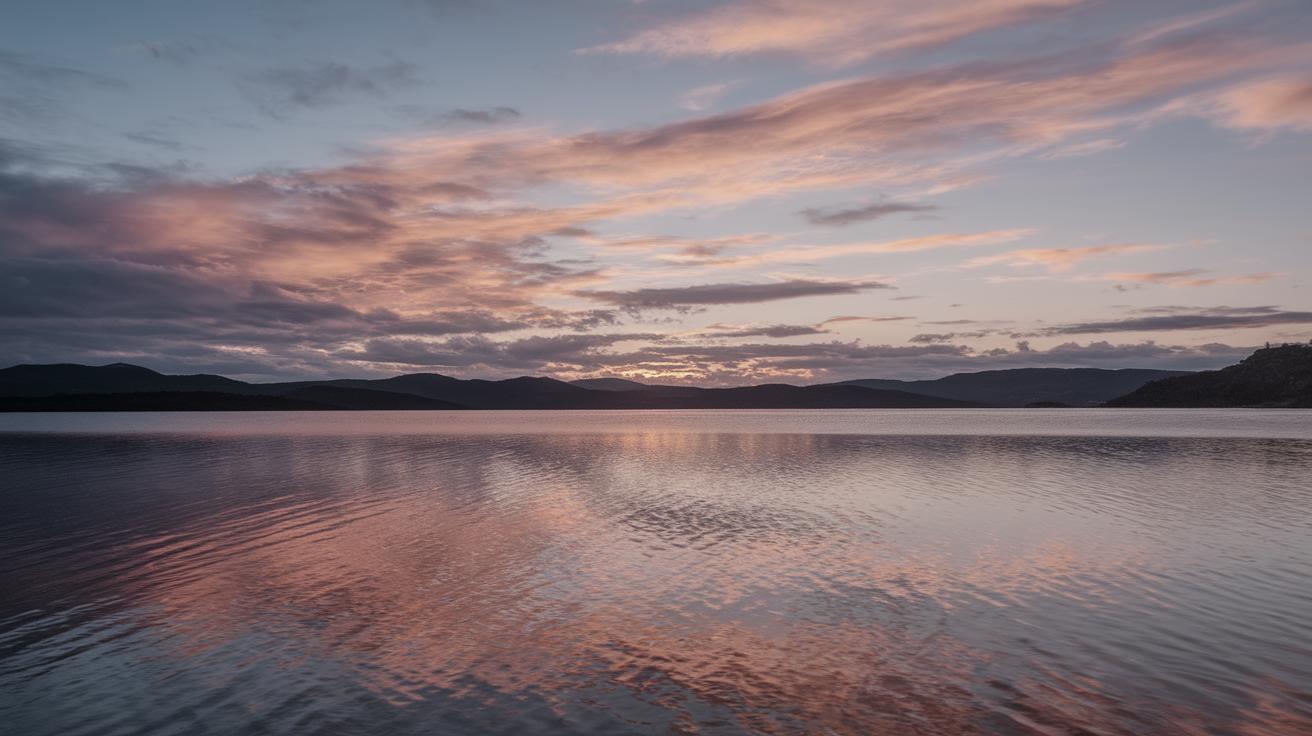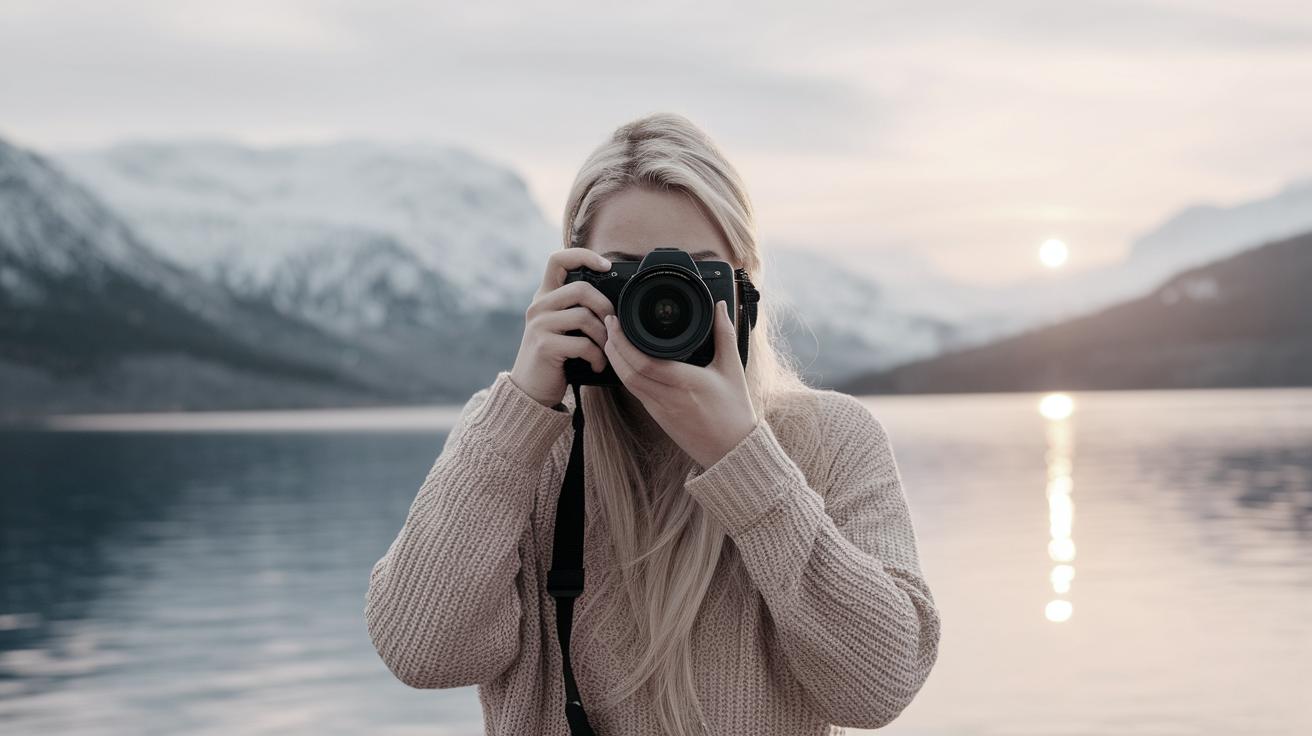Essential Gear for Wildlife Photography
Embarking on a wildlife photography journey requires more than just passion and a good eye for composition. To truly capture the beauty and essence of wildlife, having the right equipment is key. From cameras and specialized lenses to essential accessories like filters and memory cards, each piece of gear plays a vital role in ensuring you get the perfect shot. In this blog post, we will explore the essential gear every wildlife photographer should consider packing for their next expedition. Furthermore, we’ll touch on other useful items, including audio recorders, action cameras, and personal necessities that can enhance the overall shooting experience. Whether you’re a seasoned pro or a beginner in the field, understanding and investing in the right gear is crucial for executing a successful wildlife photography session.
Photography Equipment
Camera
Your camera is the most critical piece of equipment when it comes to wildlife photography. Professional-grade DSLRs or mirrorless cameras are highly recommended due to their superior image quality, fast autofocus systems, and ability to handle low light situations. Ideally, your camera should feature a high frame rate to capture fast-moving animals with precision.
Moreover, weather-sealed bodies are essential for tackling the often unpredictable elements you may encounter in natural habitats. It’s worth considering the sensor size as well—full-frame sensors provide better detail and low-light performance, but crop sensors can offer additional reach which is beneficial for shooting distant wildlife.
Lenses
Lenses are arguably just as important as the camera itself. For wildlife photographers, telephoto lenses are indispensable because they allow you to get close-up shots from a distance without disturbing the animals. Typically, a lens with a focal length of at least 300mm-400mm is advised for effective wildlife photography.
Additionally, prime lenses are known for their sharpness, but zoom lenses provide versatility, allowing you to adjust the focal length according to your shooting context. Consider investing in lenses with image stabilization as well, to counteract the camera shake when shooting handheld or in low light conditions.
Teleconverters
If you’re looking to extend the reach of your existing lenses, teleconverters are a budget-friendly option. By attaching a teleconverter, you can increase the focal length, making it easier to photograph distant subjects. However, using teleconverters may reduce image quality and affect autofocus speed.
Choosing a high-quality teleconverter and pairing it with compatible lenses can mitigate these drawbacks. It’s essential to test your setup prior to a wildlife shoot to understand any implications on image performance.
Filters
Filters can greatly enhance your wildlife photography. A polarizing filter, for example, can reduce reflections and glare from water and foliage while enhancing the saturation of the sky and scenery. Meanwhile, neutral density (ND) filters allow for greater control over exposure times, which can be particularly handy in bright conditions or when creating motion blur with moving subjects.
Investing in high-quality filters ensures that there is no loss in image sharpness or color accuracy. Additionally, consider using UV filters to protect the front element of your lenses from dust and scratches.
Flashes and Diffusers
While natural light is often the preferred choice for wildlife photography, using a flash can help illuminate shadowed areas or when capturing nocturnal wildlife. Flashes need to be used judiciously as they can disturb animals if not handled properly.
A diffuser is a valuable accessory that softens the light emitted by a flash, creating a more natural look. This becomes especially useful for close-up wildlife photography where harsh lighting can detract from the overall quality of the image.
Batteries, Chargers, and Cables
Power supply is crucial when shooting in the wilderness, miles away from the nearest charging outlet. Always carry several extra batteries for your camera and flash, as wildlife photography sessions can be lengthy, and recharging options might be limited.
Don’t forget to pack the appropriate chargers and cables for your devices. Investing in a portable power bank or solar charger can be a lifesaver for longer excursions, ensuring that your equipment remains functional throughout your adventure.
Memory Cards
Memory cards are the storage backbone of any photography session. Opt for cards with high-capacity and fast write speeds to ensure that you don’t miss a moment while your camera is processing images. It’s wise to carry multiple cards to swap out as needed during extensive shooting periods.
Back up your images regularly to avoid loss of data. Some cameras offer dual card slots, allowing simultaneous recording on two cards, providing an extra layer of redundancy.
Tripods and Tripod Heads
A sturdy tripod is a must for any wildlife photographer looking to capture stable, sharp images, especially when using long lenses or shooting in low light conditions. Carbon fiber tripods offer durability while remaining lightweight, making them ideal for travel.
Equally important is the tripod head, which should provide smooth panning and adjustability. A gimbal head is particularly effective for wildlife photography, as it allows you to track fast-moving animals efficiently without sacrificing stability.
Other Gear
Audio Recorder
Capturing ambient sounds of the wild can add another dimension to your photography projects, particularly if you’re creating multimedia presentations. High-quality audio recorders allow you to capture the calls of birds, rustling leaves, or other natural sounds that accompany your visuals.
Consider recorders with directional microphones to isolate specific sounds and reduce background noise. These devices are generally compact and easy to use, making them a valuable addition to your wildlife photography kit.
Action Camera
Action cameras are perfect for capturing behind-the-scenes footage or for grabbing wide-angle shots that supplement your main images. They’re small, rugged, and can be mounted virtually anywhere, from tripods to a harness on your body.
Many action cameras offer high-definition 4K video and are waterproof, making them ideal for diverse environments. They can provide unique perspectives and add depth to your wildlife photography narratives.
Computer or Tablet and SSD Drives
Backing up and editing your photos is an integral part of the photography process. A laptop or tablet equipped with photo editing software allows you to manage and review your images in the field. Lightweight tablets can be sufficient for basic reviews and adjustments.
SSD drives provide fast, reliable storage for backing up your images securely. Select rugged models that can withstand the rigors of travel to ensure your work remains safe and intact.
Backpacks, Organizers, and Pouches
With so much gear to carry, a durable, well-organized backpack is indispensable. Look for backpacks tailored to photographic equipment with padded compartments that provide protection and easy access to your camera and accessories.
Pouches and organizers help categorize smaller items, making it easier to locate memory cards, batteries, or filters when needed. Choose waterproof models to guard against sudden changes in weather during your shoots.
Other Important Trifles
It’s often the smallest items that make the biggest difference. Investing in good lens cleaning kits can extend the life of your lenses and improve your image quality. Binoculars can be invaluable for scouting wildlife from a safe distance before you start shooting.
Keep a weather-sealed notepad and pen for jotting down notes or recording shooting conditions, animal behavior, or any thoughts that might inspire later work.
Clothing
Appropriate clothing cannot be overlooked, as it ensures comfort and flexibility during your excursions. Choose breathable, waterproof clothing that can adapt to varying weather conditions. Neutral colors and camouflaged patterns will help you blend into the environment without alarming wildlife.
Comfortable, sturdy boots are essential for traversing rugged terrains, and hats or gloves can provide additional protection from sun or cold as needed. Layer your clothing for adaptability and ease of movement during shoots.
Personal Toiletries
Keeping personal toiletries on hand enhances comfort during extended trips. Pack essentials like biodegradable soap, a small towel, sunscreen, insect repellent, and any necessary medications.
A compact hygiene kit can prevent discomfort, allowing you to focus on your photography without interruptions. Consider travel-sized items to save space and weight in your pack.
First Aid Kit
A basic first aid kit tailored to your needs is essential for addressing minor injuries or illnesses that may occur during your adventures. Include items like adhesive bandages, antiseptic wipes, pain relief medication, and blister treatment.
A portable, waterproof first aid kit ensures that you’re prepared for emergencies without adding unnecessary bulk to your backpack. Familiarize yourself with the kit’s contents so you can act quickly if the need arises.
Things You Can’t Leave Without
Each wildlife photographer has personal essentials they can’t be without. This might include a favorite hat, a lucky charm, or specific pieces of tech like a GPS device or smartphone. These items contribute to comfort, peace of mind, or the overall enjoyment of the adventure.
Take stock of what personally enhances your outdoor experience and find a way to incorporate those items without overloading your pack. Tailoring your gear to your personal style and needs can significantly elevate the satisfaction and success of your wilderness excursions.
Related Articles
-
Wildlife Photography Tips for Beginners
-
Tracking Wildlife: A Guide to Understanding Animal Behavior
-
Post-Processing for Wildlife Photography: A Comprehensive Guide
With the right combination of camera equipment, accessories, and personal essentials, you will be well-prepared to capture stunning wildlife images. Thoughtful planning and packing can greatly enhance your ability to work efficiently in the field, get the shots you desire, and safely enjoy the natural world. Whether you’re gearing up for your first wildlife expedition or you’re a seasoned pro refining your pack, always find room to adapt and optimize your gear for the best possible results.
| Equipment Category | Essentials | Notes |
|---|---|---|
| Photography Equipment | Camera, Lenses, Teleconverters, Filters, Flashes | Invest in high-quality items suitable for diverse conditions. |
| Power Supply | Batteries, Chargers, Cables | Carry extras and consider portable power solutions. |
| Storage | Memory Cards, SSD Drives | Opt for fast, high-capacity cards and reliable backup solutions. |
| Stability | Tripods, Tripod Heads | Select stable, lightweight options for mobile and steady shooting. |
| Other Gear | Audio Recorder, Action Camera, Backpack | Consider additional gadgets for a holistic photography experience. |
| Personal Essentials | Clothing, Toiletries, First Aid Kit | Don’t overlook comfort and safety items. |


